Jean Cocteau - Europe's Founders - Original Lithograph Title: Europe's Founders Signed in the plate Dimensions: 33 x 46 cm Edition: 200 Luxury print edition from the portfolio of Sciaky 1961 Jean Cocteau Writer, artist and film director Jean Cocteau was one of the most influential creative figures in the Parisian avant-garde between the two World Wars. “The poet never asks for admiration; he wants to be believed.” —Jean Cocteau Synopsis Jean Cocteau was born on July 5, 1889, in Maisons-Laffitte, France. He spent most of his life in Paris, where he became part of the artistic avant-garde and was known for his variety of accomplishments. Over a 50-year career, he wrote poetry, novels and plays; created illustrations, paintings and other art objects; and directed influential films, including The Beauty and the Beast and Orpheus. He died on October 11, 1963. Early Life and Literary Debut Jean Cocteau was born on July 5, 1889, in Maisons-Laffitte, France, a village 12 miles outside Paris, to Georges and Eugénie (née) Lecomte Cocteau. He and his two older siblings were brought up in comfortable household in Paris, where they were introduced to the arts by their parents. Their father, a lawyer and amateur artist, committed suicide in 1898. After his father's death, Cocteau was raised by his mother and his maternal grandfather. He attended school at the Lycée de Condorcet in Paris and he showed an early talent for writing. When he was just 18, his poetry was read aloud in performance arranged by the well-known actor Edouard de Max, and he became the toast of literary Paris. His first book of poems, La Lampe d'Aladin (Aladdin's Lamp), was published a year later, in 1909. Cocteau and the Parisian Avant-Garde In the 1910s, Cocteau formed friendships with many prominent members of the Parisian avant-garde, including writer Guillaume Apollinaire and artists Amedeo Modigliani and Pablo Picasso. He was so impressed by seeing the dancer Vaslav Nijinsky perform with the Ballets Russes that he met the company's founder, Sergei Diaghilev, and asked to work with him. Cocteau designed posters for the Ballets Russe, and in 1917 he was one of the collaborators on the ballet Parade: Cocteau wrote the story, Erik Satie composed the music, Léonide Massine choreographed the dance and Picasso designed the set and costumes. Cocteau's activities of the 1920s were remarkably varied. He composed opera libretti for several composers. He published collections of poetry and illustrations as well as a novel inspired by his experiences during World War I. He staged a ballet called Le Boeuf Sur le Toit (The Ox on the Roof) and directed modern adaptations of several classic dramas. He promoted the work of young writer Raymond Radiguet, with whom he fell in love. When Radiguet died of typhoid fever, Cocteau was despondent and tried to console himself by taking opium. Filmmaking In 1930, Cocteau wrote and directed his first motion picture, the silent, surrealistic film Le Sang d'un Poète (The Blood of a Poet). Like many of his signature works, it portrayed a creative artist's encounters with love and death. After a 16-year interval, Cocteau made his most famous film, La Belle et la Bête (The Beauty and the Beast), a retelling of a classic fairy tale. This motion picture, starring Josette Day and Jean Marais, would inspire many other filmmakers with its dreamlike atmosphere and surrealistic special effects. Cocteau went on to write and direct several other films in the 1940s. Later Years Cocteau returned to the subject of the solitary artist-poet in his film Orphée, a surreal adaptation of the ancient Greek myth of Orpheus starring Jean Marais. He completed his ''Orpheus trilogy'' in 1960 with Le Testament d'Orphée (The Testament of Orpheus), in which he played a poet much like himself. In his late years, Cocteau was also famous just for being Cocteau: He had rightfully gained a reputation as one of the most versatile and influential creative minds of his era. In 1955, he was inducted into the Academie Française. Cocteau died of a heart attack at the age of 74, on October 11, 1963, at his chateau in Milly-la-Forêt, France.
Jean Cocteau - I fondatori dell'Europa - Litografia originale Titolo: Fondatori d'Europa Firmato nella lastra Dimensioni: 33 x 46 cm Edizione: 200 Edizione di stampa di lusso dal portfolio di Sciaky 1961 Jean Cocteau Scrittore, artista e regista Jean Cocteau fu una delle figure creative più influenti dell'avanguardia parigina tra le due guerre mondiali. "Il poeta non chiede mai ammirazione; vuole essere creduto" -Jean Cocteau è nato il 5 luglio 1889 a Maisons-Laffitte, Francia. Ha trascorso la maggior parte della sua vita a Parigi, dove è diventato parte dell'avanguardia artistica ed è stato conosciuto per la sua varietà di realizzazioni. Nel corso di una carriera di 50 anni, scrisse poesie, romanzi e opere teatrali; creò illustrazioni, dipinti e altri oggetti d'arte; e diresse film influenti, tra cui La bella e la bestia e Orpheus. Morì l'11 ottobre 1963. La prima vita e l'esordio letterario Jean Cocteau nacque il 5 luglio 1889 a Maisons-Laffitte, in Francia, un villaggio a 12 miglia da Parigi, da Georges ed Eugénie (nata) Lecomte Cocteau. Lui e i suoi due fratelli maggiori sono stati cresciuti in una famiglia confortevole a Parigi, dove sono stati introdotti alle arti dai loro genitori. Il loro padre, avvocato e artista dilettante, si suicidò nel 1898. Dopo la morte del padre, Cocteau fu cresciuto dalla madre e dal nonno materno. Frequenta la scuola al Lycée de Condorcet a Parigi e mostra un precoce talento per la scrittura. A soli 18 anni, le sue poesie furono lette ad alta voce in uno spettacolo organizzato dal noto attore Edouard de Max, e divenne l'idolo della Parigi letteraria. Il suo primo libro di poesie, La Lampe d'Aladin (La lampada di Aladino), fu pubblicato un anno dopo, nel 1909. Cocteau e l'avanguardia parigina Negli anni 1910, Cocteau fece amicizia con molti membri importanti dell'avanguardia parigina, tra cui lo scrittore Guillaume Apollinaire e gli artisti Amedeo Modigliani e Pablo Picasso. Fu così colpito dal vedere il ballerino Vaslav Nijinsky esibirsi con i Ballets Russes che incontrò il fondatore della compagnia, Sergei Diaghilev, e chiese di lavorare con lui. Cocteau disegnò manifesti per i Ballets Russe, e nel 1917 fu uno dei collaboratori del balletto Parade: Cocteau scrisse la storia, Erik Satie compose la musica, Léonide Massine coreografò la danza e Picasso disegnò la scenografia e i costumi. Le attività di Cocteau negli anni '20 furono notevolmente varie. Compose libretti d'opera per diversi compositori. Pubblicò collezioni di poesie e illustrazioni, nonché un romanzo ispirato alle sue esperienze durante la prima guerra mondiale. Mise in scena un balletto intitolato Le Boeuf Sur le Toit (Il bue sul tetto) e diresse adattamenti moderni di diversi drammi classici. Promosse il lavoro del giovane scrittore Raymond Radiguet, di cui si innamorò. Quando Radiguet morì di febbre tifoidea, Cocteau era avvilito e cercò di consolarsi prendendo l'oppio. Nel 1930, Cocteau scrisse e diresse il suo primo film, il film muto e surrealista Le Sang d'un Poète (Il sangue di un poeta). Come molti dei suoi lavori caratteristici, ritraeva gli incontri di un artista creativo con l'amore e la morte. Dopo un intervallo di 16 anni, Cocteau fece il suo film più famoso, La Belle et la Bête (La Bella e la Bestia), una rivisitazione di una fiaba classica. Questo film, interpretato da Josette Day e Jean Marais, ispirerà molti altri registi con la sua atmosfera onirica e gli effetti speciali surreali. Cocteau continuò a scrivere e dirigere molti altri film negli anni '40. Anni dopo Cocteau tornò al soggetto dell'artista-poeta solitario nel suo film Orphée, un adattamento surreale dell'antico mito greco di Orfeo con Jean Marais. Completa la sua "trilogia di Orfeo" nel 1960 con Le Testament d'Orphée (Il testamento di Orfeo), in cui interpreta un poeta molto simile a se stesso. Nei suoi ultimi anni, Cocteau era famoso anche solo per essere Cocteau: Si era giustamente guadagnato la reputazione di una delle menti creative più versatili e influenti della sua epoca. Nel 1955 fu inserito nell'Academie Française. Cocteau morì di un attacco di cuore all'età di 74 anni, l'11 ottobre 1963, nel suo castello di Milly-la-Forêt, in Francia.
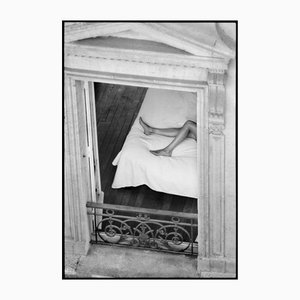
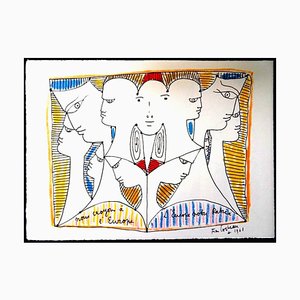
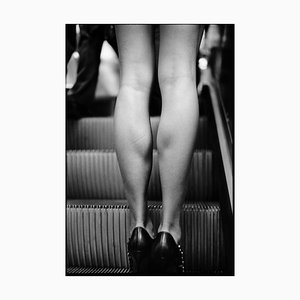
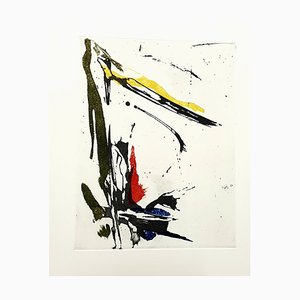

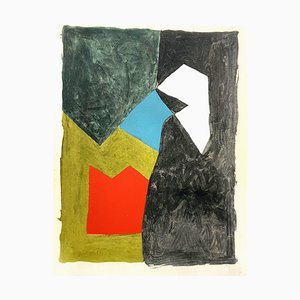

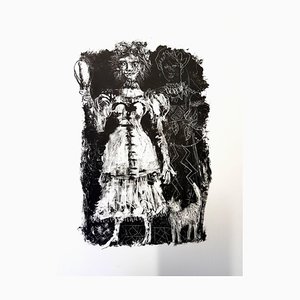
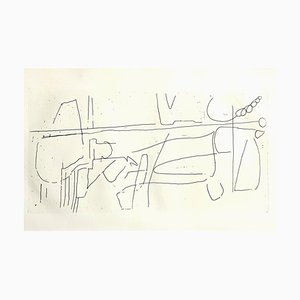

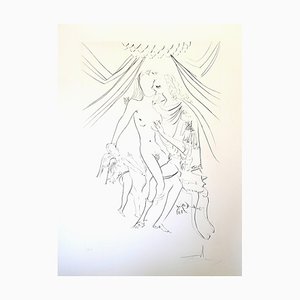
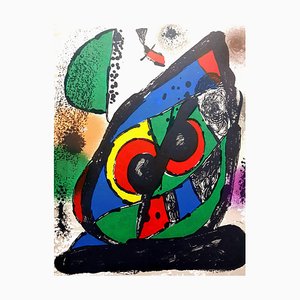

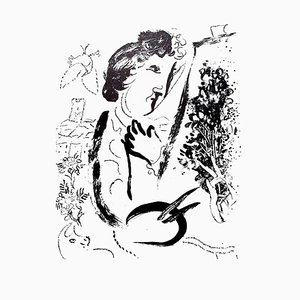
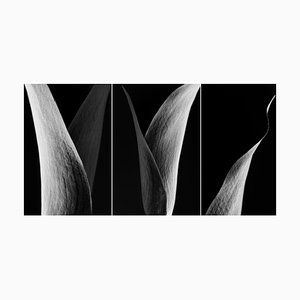
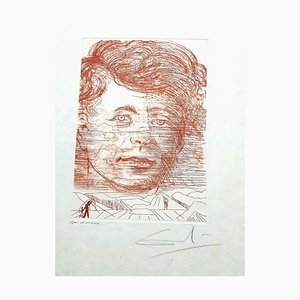

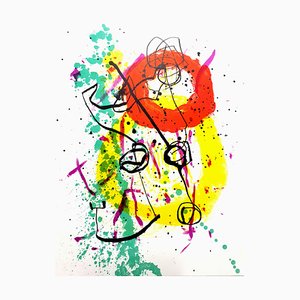
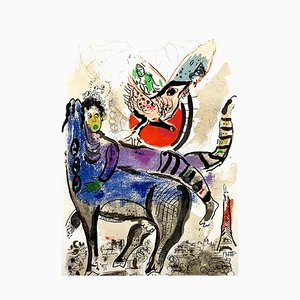
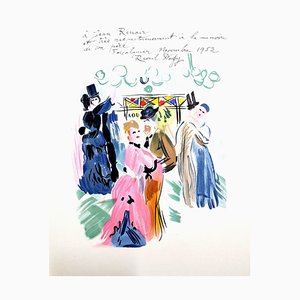
Contattaci
Fai un'offerta
Abbiamo notato che sei nuovo su Pamono!
Accetta i Termini e condizioni e l'Informativa sulla privacy
Contattaci
Fai un'offerta
Ci siamo quasi!
Per seguire la conversazione sulla piattaforma, si prega di completare la registrazione. Per procedere con la tua offerta sulla piattaforma, ti preghiamo di completare la registrazione.Successo
Grazie per la vostra richiesta, qualcuno del nostro team vi contatterà a breve.
Se sei un professionista del design, fai domanda qui per i vantaggi del Programma Commerciale di Pamono